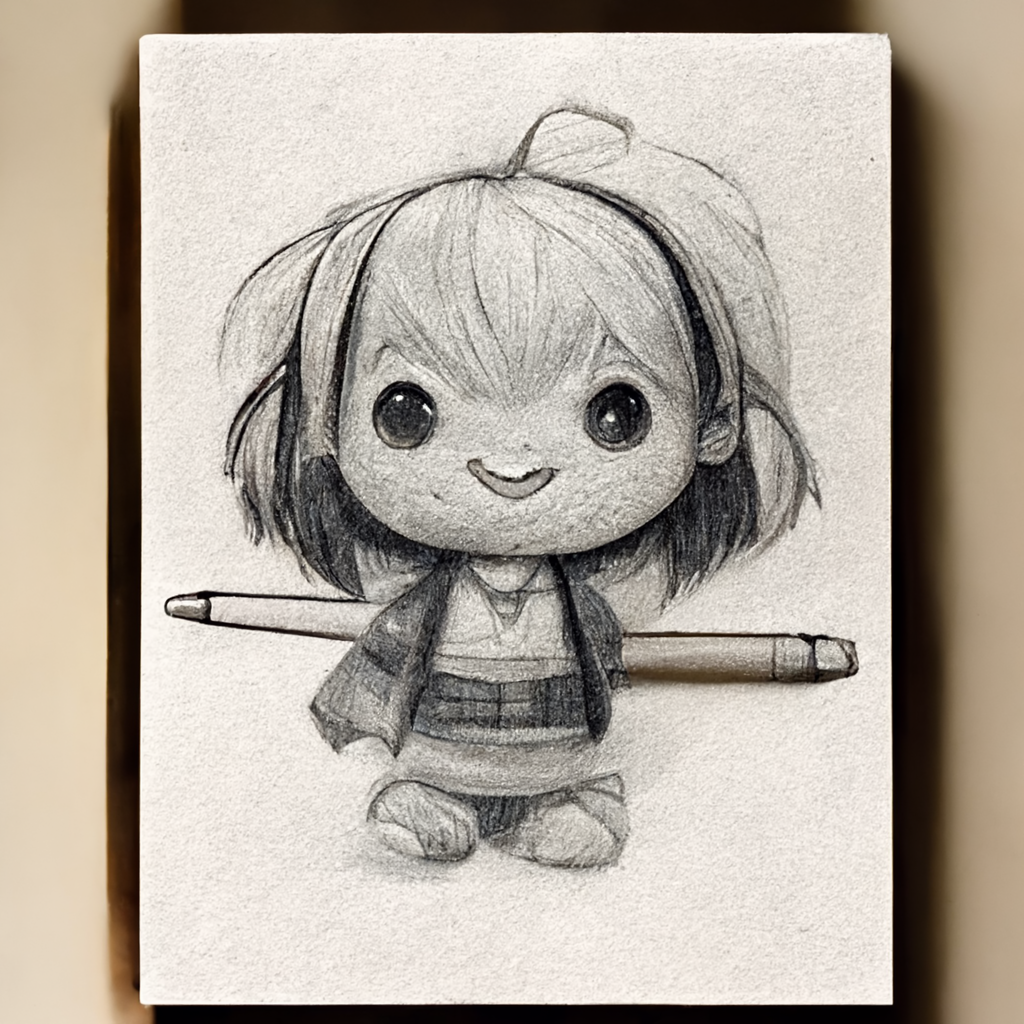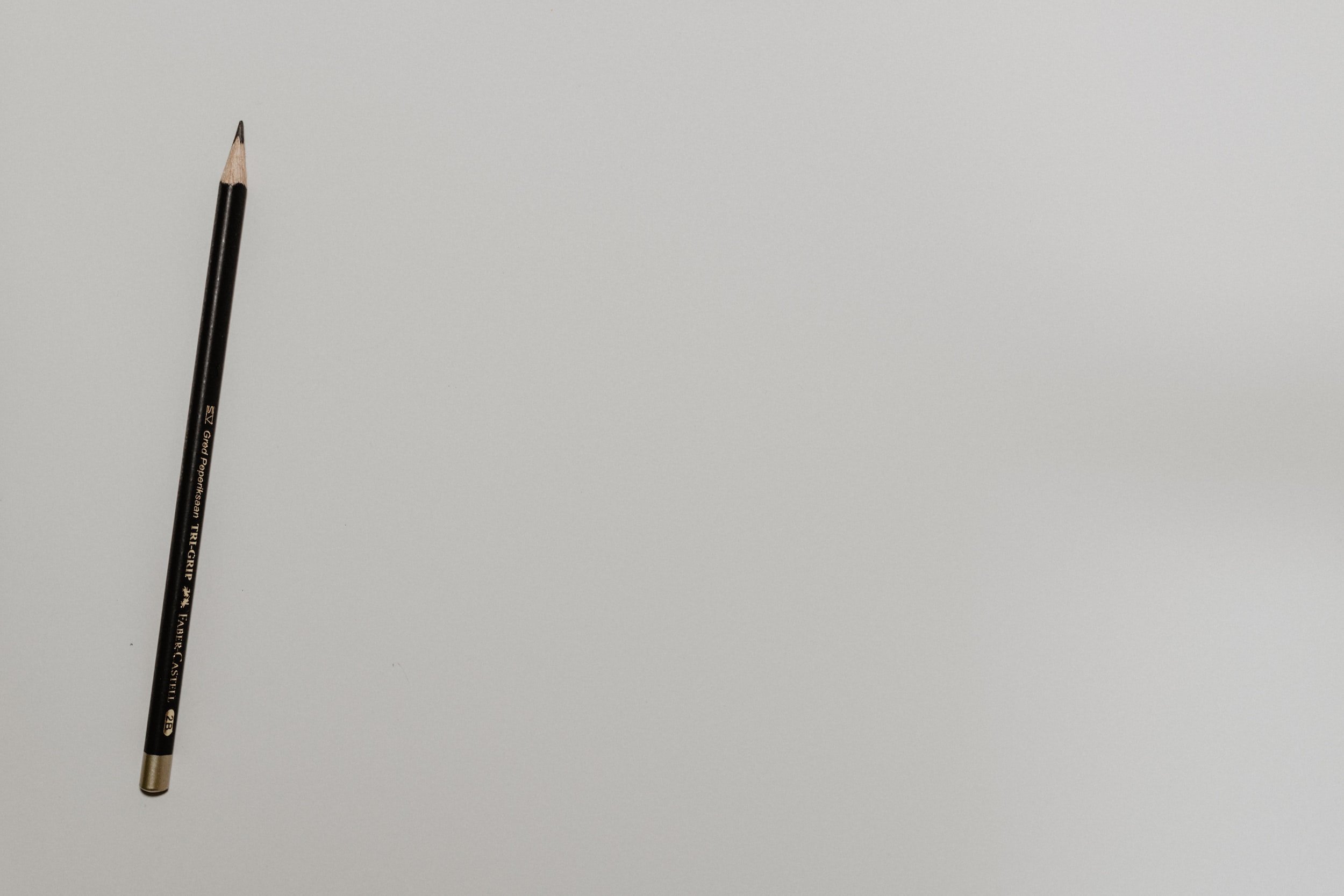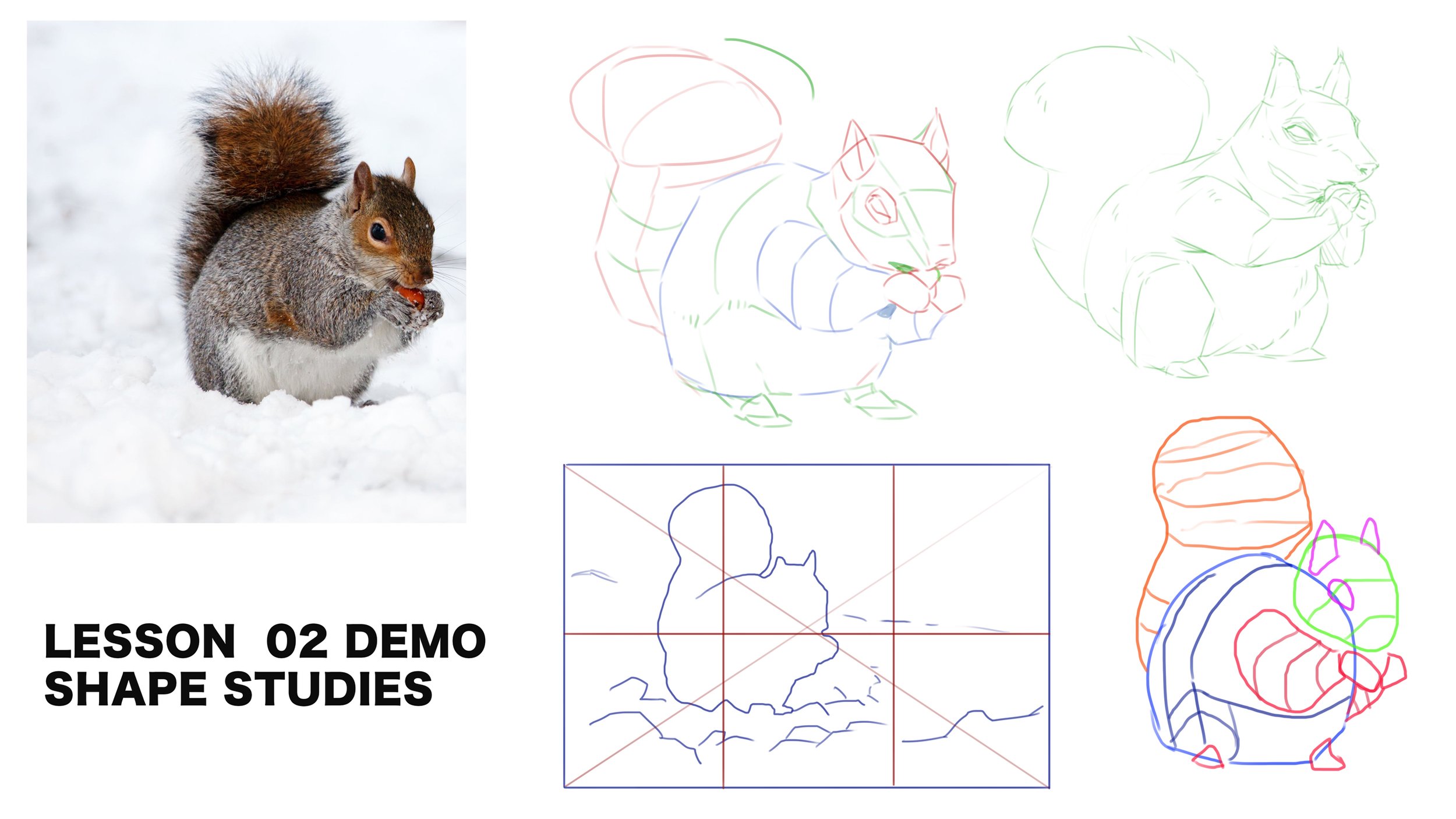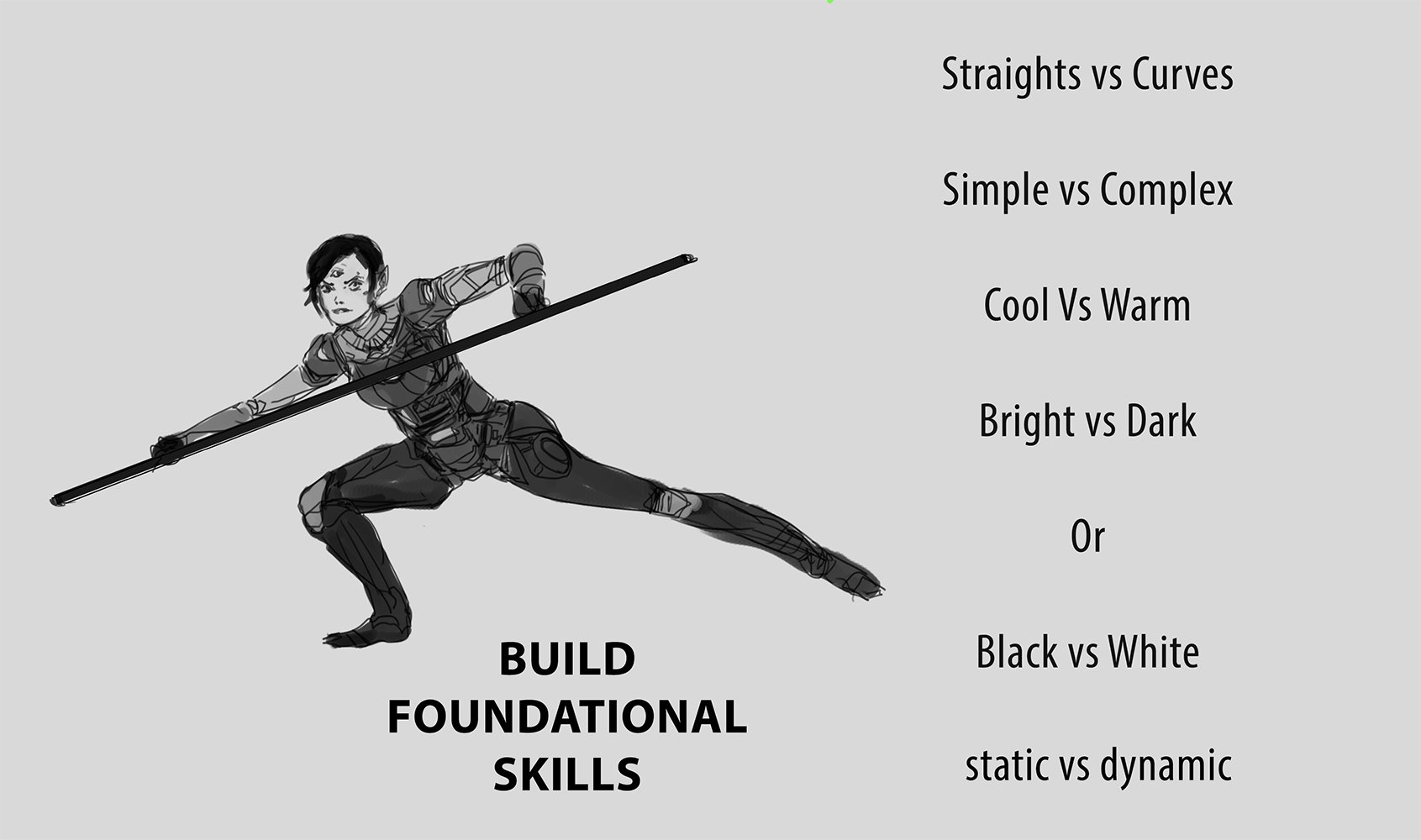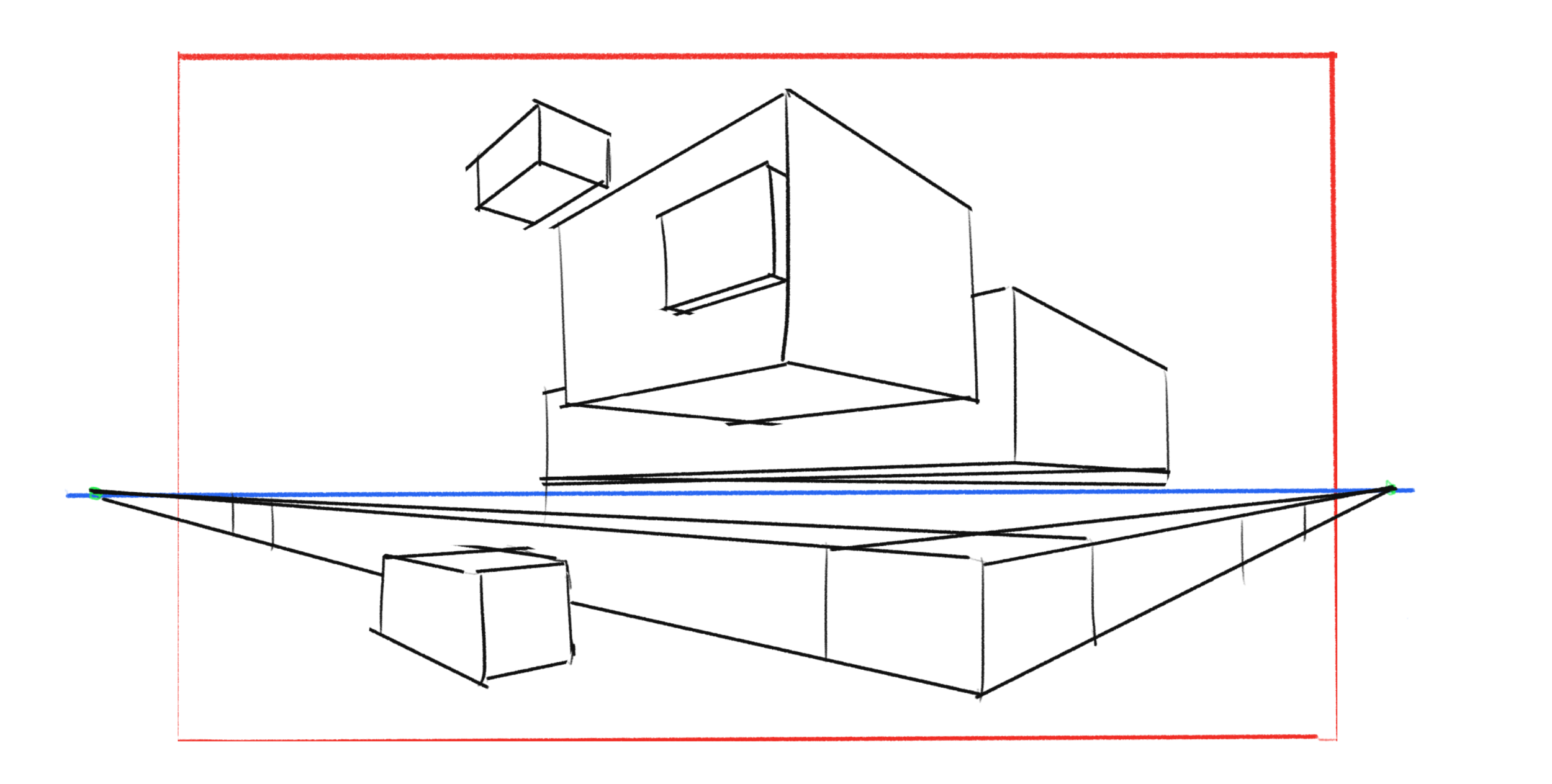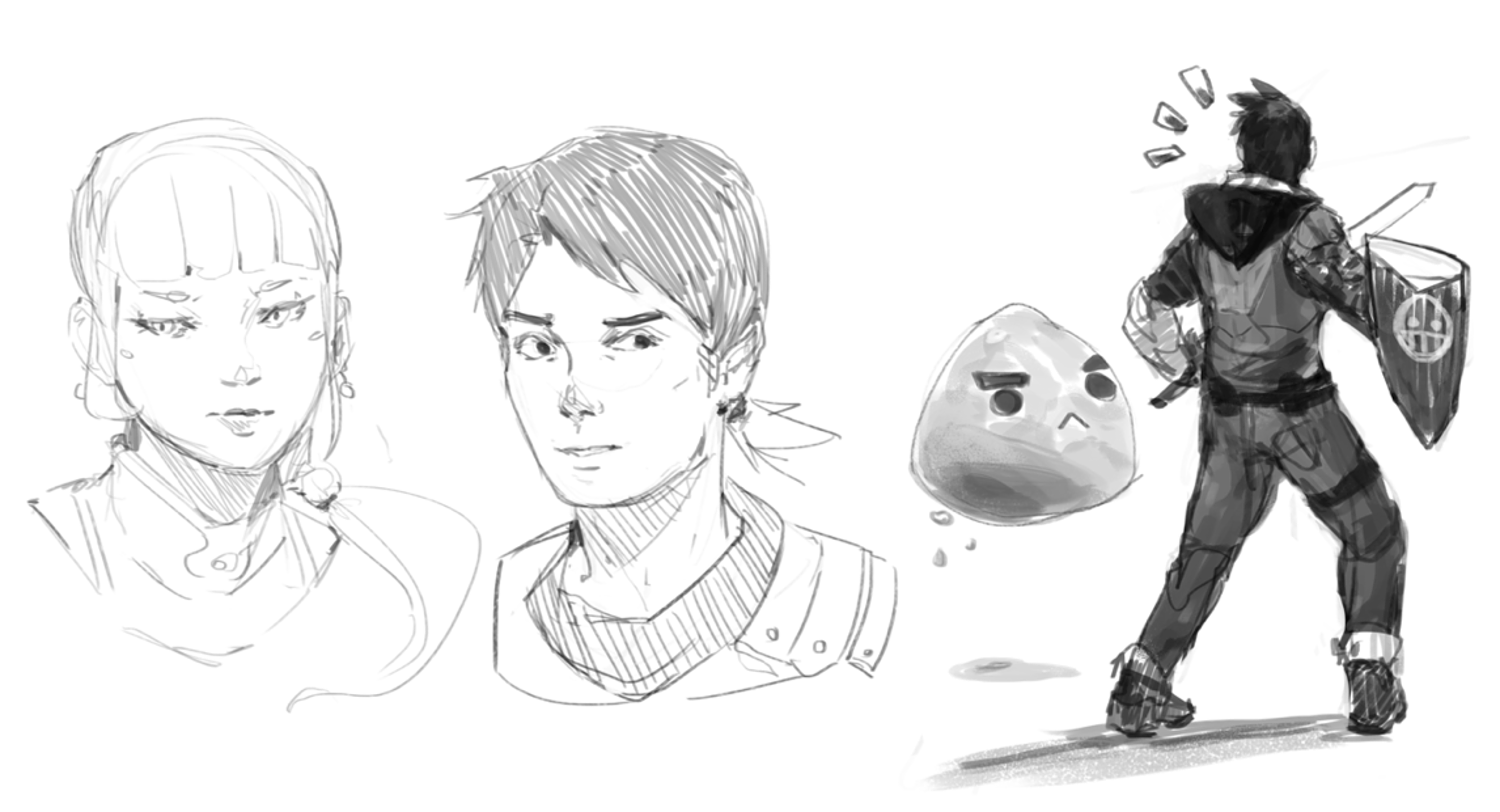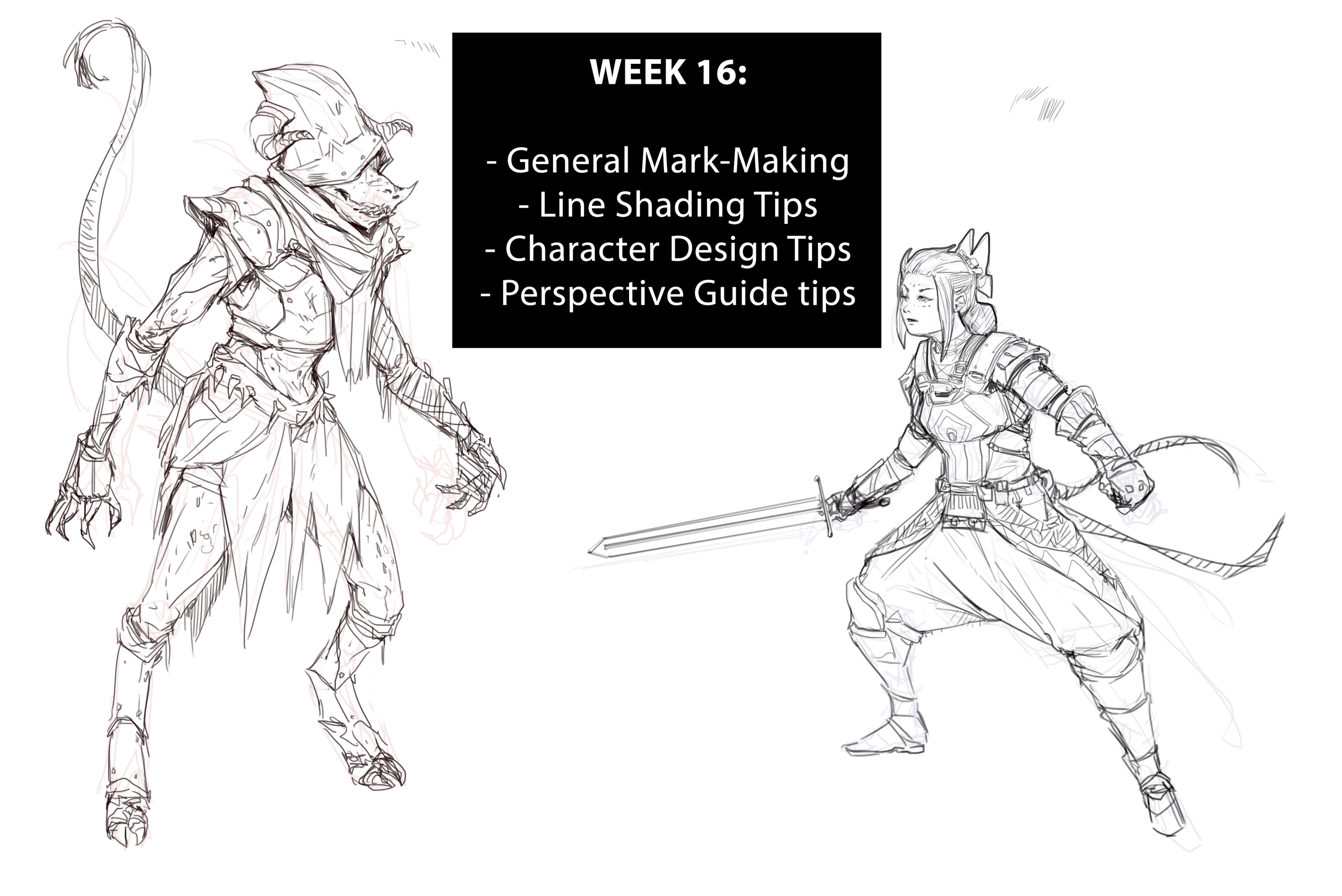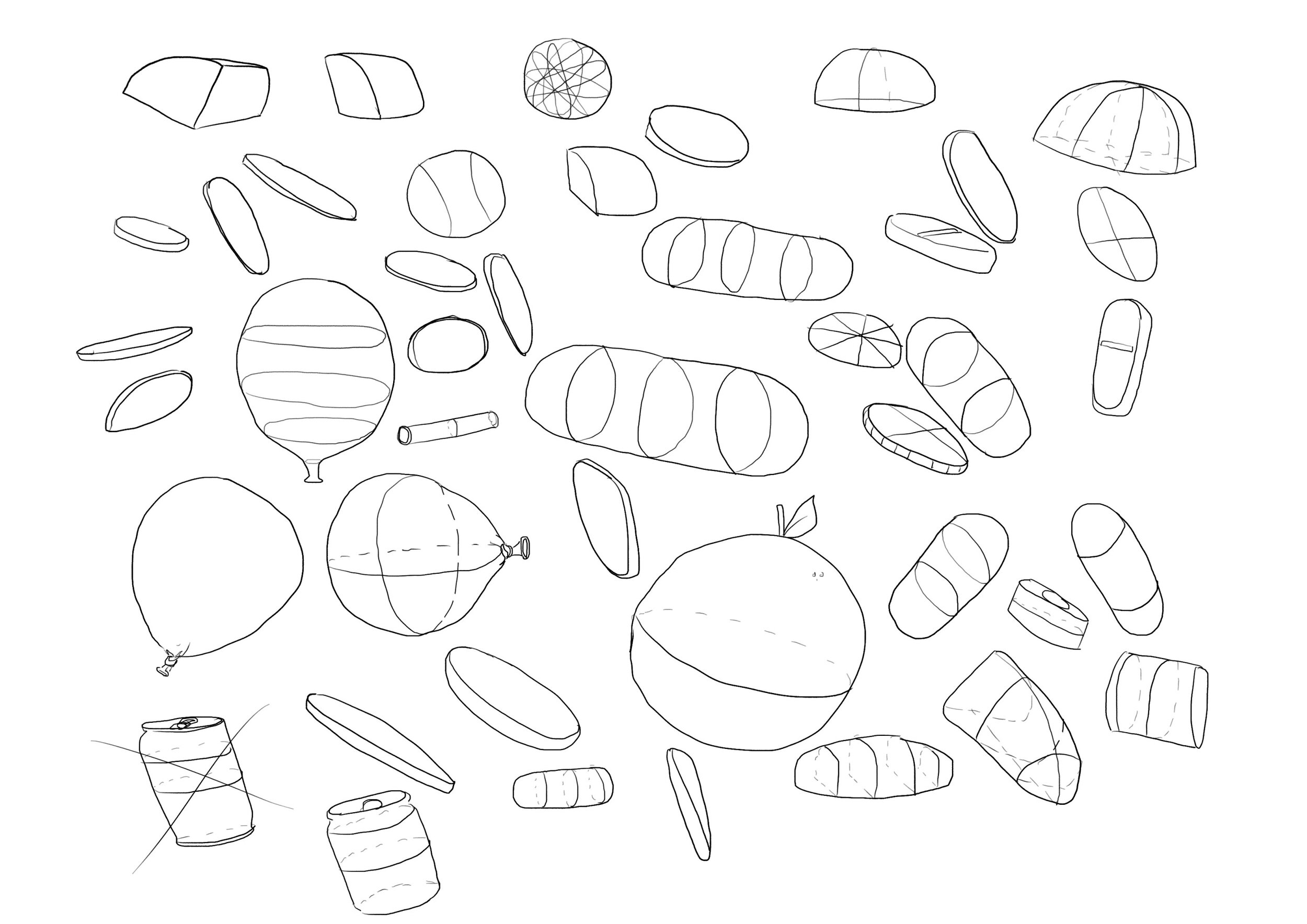Introduction to Drawing: A Step-by-Step Guide for Beginners
Are you interested in learning how to draw, but don't know where to start? Drawing can be intimidating for beginners, but it doesn't have to be! This blog post will provide a step-by-step guide to drawing, from the basics of form and shape to adding details and texture. With a little bit of practice, you’ll be bringing your art to life in no time!
What Do You Need to Get Started?
Aspiring artists often focus on getting the perfect set of paints and brushes for their artwork, but a good quality pencil and eraser are essential tools for any beginner artist. Even if you're starting off with just a regular graphite pencil, it's important to have an eraser nearby to make changes and refine your work. With these tools, novice creators can begin to learn the basics of drawing from sketching lines and shapes to shading techniques that will take their art to the next level.
When teaching the basics of drawing to beginner artists, it is important to emphasize the use of high-quality paper. Without the right paper, their drawings may not have the professional look they desire. Having a good paper base is crucial in creating quality artwork and will give them an edge in their artistic endeavors. Quality paper allows artists to get a better sense of how their drawing will turn out when all finished, giving them more confidence in their own art as well as providing them with better results.
Besides teaching how to use a ruler and other measuring devices, it's important to also teach beginner artists about the basics of drawing. Developing an understanding for basic forms, concepts such as visual weight and perspective, and acquiring knowledge of color theory are essential elements when learning how to draw. Teaching these skills can help beginner artists create accurate proportions in their artwork.
Understanding Basic Drawing Principles
Teaching the basics of drawing to beginner artists is an important step in helping them on their artistic journey. It's essential that they learn fundamentals such as perspective, line weight, and shading. Each of these components are integral to creating art that looks realistic and professional - they form the foundation of an artist's techniques. With patience and practice, beginner artists can master these basics and start creating beautiful pieces with ease.
One of the most important aspects of teaching the basics of drawing to beginner artists is the practice of basic drawing techniques, such as gesture drawing and contour drawing. These techniques help to develop an understanding of form and shape in a beginner artist’s work, which is essential for understanding how light interacts with it. Gesture drawings are quick sketches that focus less on detail but more on capturing motion and movement. Contour drawings focus on outlining shapes and objects, helping to create three dimensional forms, shadows, and highlights. Experienced artists practice these techniques regularly in order to stay sharp with their art.
Meanwhile, the focus of basic drawing for beginners should be to develop observation skills of the world around them and learn how to accurately capture that in drawings. Learning the fundamentals of drawing and building upon those will help beginner artists create artworks that are true to reality.
Drawing Proportions and Perspective
Proportions are one of the most essential elements that beginner artists need to understand and master when learning how to draw. Having a strong grasp on proportions can help create drawings that look more realistic, adding depth and perspective to the work. Understanding the basics of drawing is not just about making a picture look aesthetically appealing, but also having it appear lifelike in its own way.
Teaching the basics of drawing to beginner artists includes understanding perspective. Perspective is an important element that helps create a lifelike and convincing drawing. With the right approach and direction, artists can learn how to draw objects at various angles, adding depth and realism to their works. Perspective opens up a whole new range of possibilities for beginner artists, allowing them to take their drawings much further than they might have expected when just starting out.
Besides working with basic shapes like circles and squares, teaching basic drawing for beginners also entails teaching them the fundamentals of rendering shape, form, light and shadow. This means that students learn to draw what they see rather than what they think they should draw. Practicing this technique helps beginners develop skills that will help them progress and become successful artists in the future.
Tools and Techniques for Sketching and Shading
For beginner artists looking to learn the basics of drawing, using the right tools such as graphite pencils, erasers, and blending stumps can help them create more accurate drawings. Graphite pencils are essential for creating outlines and details with precision, while erasers can be used to correct mistakes or make soft edges. Blending stumps can then be used to blend colors or create gradations in a drawing. With patience and practice, these tools will help bring any drawing to life.
Learning the basics of shading can be a challenging but rewarding part of becoming a proficient artist. By mastering techniques such as cross-hatching and hatching, novice artists can add texture and depth to their drawings that really brings them to life. With practice and the right guidance, beginners will soon be creating stunning drawings they are proud of!
However, mastering basic drawing for beginners is an important foundation in order to create interesting effects with techniques such as smudging and stippling. Beginning artists should practice the basics of sketching and shading before experimenting with more advanced techniques. If a beginner artist takes the time to learn the fundamental principles of art, they can then use their newfound skills to explore new avenues and develop truly unique pieces of artwork.
Getting to Know Different Types of Drawing Media
Teaching the basics of drawing to beginner artists is an essential part of any art education. It is important for them to understand the different types of media available to use in their drawings, such as pencils, charcoal, markers, and paint. Each type can bring its own unique visual effects and open up new possibilities for artistic expression. Experienced artists can give valuable advice on how to best utilize these materials and create beautiful artwork even with basic drawing tools.
When teaching basic drawing to beginner artists, it is important to emphasize the importance of practicing with various materials. By experimenting with different types of materials, artists can gain insight into how each one affects the look and feel of the final artwork. Doing so allows them to better understand techniques such as shading and texturing, both integral components for creating interesting pieces. With a newfound understanding for different mediums, beginner artists will be able to craft more detailed illustrations that surprise and delight!
Besides understanding which type of medium works best for certain subjects or techniques, teaching the basics of drawing to beginner artists is also vital. This can include explaining how to select the correct paper and pencils for a particular style, as well as demonstrating fundamental art theory such as perspective and shading. With these foundational concepts in place, beginning artists can then move onto larger artistic endeavors with confidence knowing that they have a good understanding of the basics.
How to Improve Your Drawing Skills
Drawing is an art form that takes practice and dedication. For beginner artists, the most important thing to do is to practice the basics of drawing regularly. This will help develop technique and accuracy over time. Learning basic drawing for beginners can be overwhelming, but with regular practice it can become easier to understand and master. With enough dedication any artist at any level can improve their artwork through consistent practice of the basics of drawing.
When teaching the basics of drawing to beginner artists, it is important to pay attention to the details; for example, shadows and proportions. When learning about these fundamentals of art, beginners should practice until they can accurately portray their subject with precision. Allowing light and dark tones in a work of art add drama and depth that shouldn't be overlooked -- cast shadows help create a three dimensional effect. Proportions are also key when creating an image from scratch; an artist must consider the placement of each element within each composition in order for it all to come together harmoniously. Teaching how to be mindful of such details when drawing will help transform novice artists into real masters!
In conclusion, experimenting with different materials and techniques is a great way for beginner artists to learn the basics of drawing. Experimenting with various tools such as pens, pencils, charcoal and more can help you get comfortable working with all of these mediums and give you insight into what techniques and methods work best for your style. It's essential that beginner artists take the time to explore their options so they can find the perfect way to express themselves through basic drawing.
Conclusion
Drawing can be intimidating, but it doesn't have to be. With practice and patience, you can learn how to draw anything. Start with the basics of form and shape before adding details and texture. Appreciate your successes, even the small ones, and keep going! With practice and dedication, you’ll soon be creating beautiful artwork that you can be proud of.
Whenever you're ready, there are 2 ways I can help you:
1. Grow & Sharpen Your Drawing Skills here. (1,800+ students)
2. Build better Paintings and get Commissions here. (500+ students)


